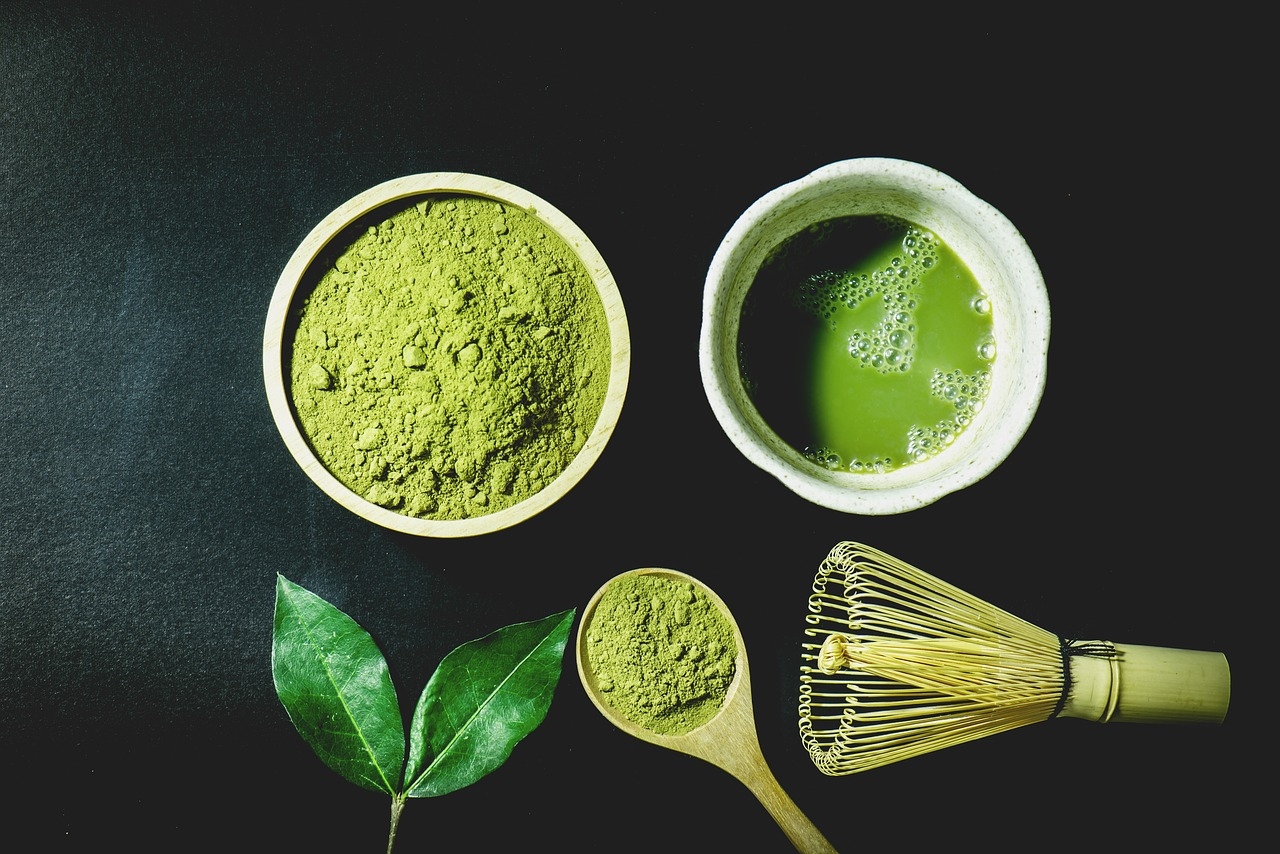The people of Japan have enjoyed this wonderful powder for centuries in chanoyu, or traditional Japanese tea ceremonies, and now the whole world has caught up to the matcha madness.
Matcha has a lot of health benefits. It helps fight free radicals through its antioxidant properties, and it even has a healthy dose of L-theanine, which provides a calm, focused energy that coffee simply cannot provide.
But not all matcha is created equal. Below are a few things to look out for when choosing the best matcha:
Origin
Although matcha is now being produced and sold all over the globe in all shapes and sizes, only one place in the world can produce high quality, authentic matcha.
Japan has a longstanding history with matcha. They invented the process of creating matcha first, and they have long since perfected it over generations of tea farmers and tea masters.
Color
A lot of matcha powders being sold on the market nowadays look nothing like authentic matcha. Most powders are either a yellowish green, or a dull — almost grey — green color. Authentic matcha should have a brilliant, electric green shade.
The reason why some matcha powders lack the hue and saturation of authentic matcha powder could be caused by two things: one, the purity of the powder, and two, how the leaves were grown. Authentic matcha is grown under the shade to boost the chlorophyll content of the green tea leaves, creating a powder with a bright green color. Authentic matcha only uses green tea leaves and not stems or veins. The inclusion of such plant parts can lead to the reduction of the powder’s bright green hue.
Taste
Most Westerners will probably associate matcha as having a bitter or salty or umami aftertaste. Little do they know that they are drinking low quality matcha. The reason why some matcha powders are bitter and have a fishy taste is because they use older tea leaves and use animal-based fertilizers instead of plant-based fertilizers.
Authentic matcha should have very little bitterness and umami to it. In fact, drinking a cup of usucha or koicha should have a slightly sweet taste to it, even when only water is added to the matcha powder.
Price
When making matcha, green tea bushes are grown in the shade, which takes more time for them to mature than plants grown under the sun. They instead rely on fertilizers to take on that bright green color, and need much more care from tea farmers to ensure that they stay as pest-free as possible.
Upon harvest, the leaves are separated from the stems and veins, and are placed into a traditional stone grinder that slowly turns the leaves into a fine powder. The grinding process takes about an hour to produce just an ounce of matcha.
Because of the way matcha is grown and produced, it is a bit more expensive than your usual cup of joe. A lot of powdered green tea is being sold both online and in physical stores, but most of them are not matcha. Be on the lookout for matcha that’s sold at a steal — that’s most likely low quality matcha at best.

